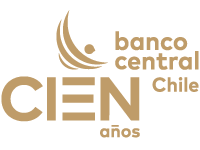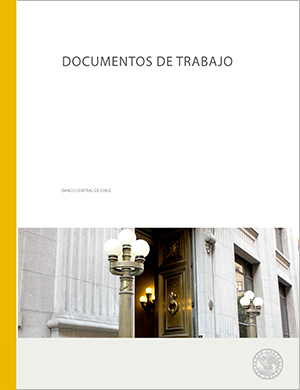Working Papers N° 293: Money As An Inflation Indicator In Chile – Does P* Still Work?
Eventos
Publications
Working Papers N° 293: Money As An Inflation Indicator In Chile – Does P* Still Work?
Autor: Tobías Broer , Rodrigo Caputo
Description
This paper analyses the information content of monetary aggregates for inflation in Chile. In particular, we adopt the P* framework that separates the effect of an estimated money overhang from those of the output gap. We use two variants of the model, the original Hallman et al (1991), and Gerlach and Svensson (2003), that conditions on an inflation target. We estimate both models for 6 different monetary aggregates, and 2 alternative estimates of equilibrium velocity. We find that over the estimation period, deviations of velocity from its equilibrium have significant effects on inflation, across models and definitions of the money gap, and for both narrow and broad money. The usual Chilean aggregate M1A, although it has some indicator properties, is outperformed by other money aggregates, first of all cash in the hands of the public, and a broad money aggregate containing time and foreign currency deposits. However, out-of sample forecasts show that over the recent past, most money gaps do not improve inflation forecasts. Also, inflation forecasts from broad and narrow money aggregates diverge in opposite directions in recent years, reflecting the estimated gaps that are large both for M1A and broader definitions of money, but opposite in sign. This finding puts a question mark behind the stability of money demand in recent times of stable and low inflation.
Working Papers N° 293: Money As An Inflation Indicator In Chile – Does P* Still Work?
Boxes and graphics

